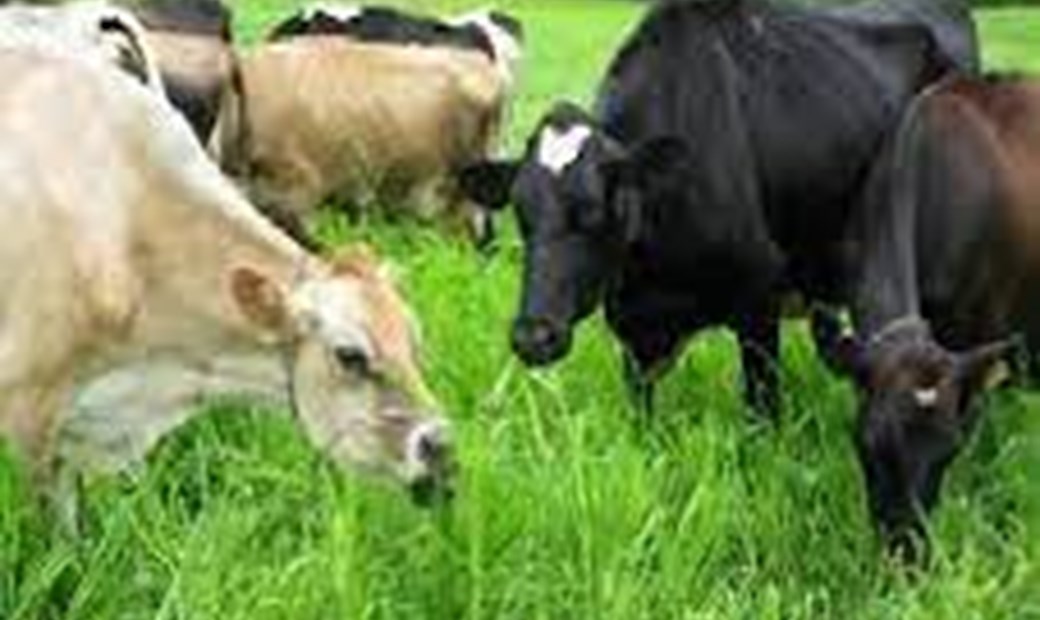CDC: Bird flu virus lacks changes to make it a greater threat to people
“The overall risk to human health associated with the ongoing HPAI A(H5) outbreaks in poultry and detections in wild birds and cattle remains low."

Samples of the H5N1 bird flu virus that has infected dairy cattle and a dairy worker retain avian genetic characteristics and “for the most part lack changes that would make them better able to infect mammals,” said the Centers for Disease Control and Prevention in a technical update. “The overall risk to human health associated with the ongoing HPAI A(H5) outbreaks in poultry and detections in wild birds and cattle remains low,” said the CDC.
Meanwhile, the USDA confirmed on Wednesday that dairy cows in a herd in Wood County, Ohio, just south of Toledo, had tested positive for highly pathogenic avian influenza (HPAI). It was the 13th herd and Ohio was the sixth state where bird flu has been found in dairy cattle. Texas has the greatest number of infected herds — seven — and farmers in three states say HPAI was found in their herds after they had purchased cattle from Texas, the No. 3 dairy state.
Discovery of HPAI in dairy cattle and in a dairy farm worker raised concerns that the virus was evolving into a greater threat. Since February 2022, avian flu has killed nearly 84 million birds in domestic flocks, mostly egg-laying hens and turkeys being raised for meat. There are two known cases of human infection, and both have been mild. In other countries, the disease has resulted in deaths.
The CDC used genetic sequencing to compare samples from the Texas dairy worker, cattle, and wild birds.
“While minor changes were identified in the virus sequence from the patient specimen compared to the viral sequences from cattle, both cattle and human sequences maintain primarily avian genetic characteristics and for the most part lack changes that would make them better adapted to infect mammals,” said the technical update. The CDC found one change in the sample taken from the dairy worker “that is known to be associated with viral adaptation to mammalian hosts, and which has been detected before in people … but with no evidence of onward spread among people.”
The only symptom reported by the Texas dairy worker was eye redness. A throat swab did not gather enough RNA for sequencing, which indicated that the upper respiratory system was not affected, said the Center for Infectious Disease Research and Policy (CIDRAP) at the University of Minnesota. CIDRAP cited virologist Angela Rasmussen of the University of Saskatchewan, who warned that if mild infections go undetected, the virus would have more opportunity to adapt.
In dairy cattle, the H5N1 virus manifests itself in reduced appetite and lower milk production. Most cows recover in two weeks. No bovine deaths have been reported. When the disease strikes, an average of 10 percent of cows in a herd will contract HPAI.
“CDC and the whole U.S. government is taking this situation very seriously,” said CDC director Mandy Cohen in a Washington Post interview. “We had not seen avian flu in cattle prior to last week. That is new. It’s a reservoir for virus to circulate and potentially change.”
